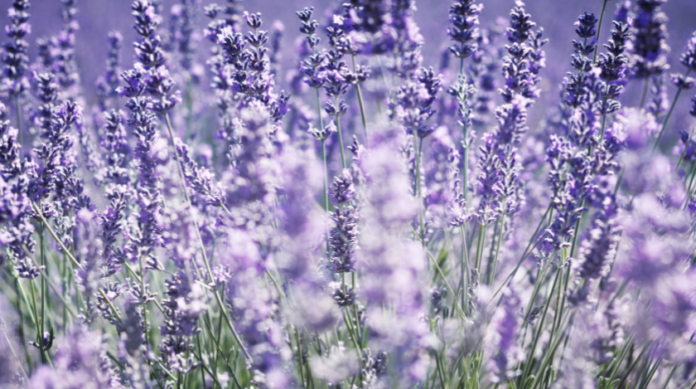Lavender oil is widely known for its soothing properties and aromatic fragrance. Extracting essential oil from lavender requires specific processes, beginning with the cultivation of lavender plants and culminating in the distillation of the oil. Here’s a detailed breakdown of how lavender is milled and processed to extract its essential oil.
1. Harvesting Lavender
The first step in the oil extraction process is harvesting the lavender. Lavender flowers are typically harvested during the summer when the oil concentration is at its peak. Farmers usually cut the stems when around half of the flowers have bloomed. Timing is crucial, as too early or too late harvesting can affect the oil quality.
2. Drying the Lavender
After harvesting, the lavender must be dried. Drying helps reduce the moisture content, making it easier to extract the oil. The lavender bunches are often hung upside down in a cool, dark place with good air circulation. Some producers may also use drying racks or mechanical dryers for efficiency. The drying process can take several days to a few weeks, depending on the method used.
3. Milling the Lavender
Once dried, the lavender is ready for milling. Milling involves grinding the dried lavender flowers and stems to break them into smaller particles, allowing for better oil extraction. Specialized machines are used for this process, ensuring that the lavender is finely ground but not too coarse or too powdery. This process increases the surface area of the plant material, facilitating a more efficient extraction of the essential oils.
4. Steam Distillation Process
The ground lavender is then placed into a distillation apparatus. Steam distillation is the most common method used to extract lavender oil. Here’s how it works:
- Steam Generation: Water is heated to produce steam, which is passed through the milled lavender.
- Oil Release: The heat from the steam causes the oil glands in the lavender to burst, releasing the essential oil.
- Condensation: The steam, now carrying the oil, passes into a cooling chamber, where it condenses back into a liquid.
- Oil Separation: The mixture of water and oil is separated in a container called a “Florentine flask.” Since oil is lighter than water, it floats on top and can be easily collected.
5. Centrifugal Separation
In some extraction processes, the oil is further purified using centrifugal separation. The centrifuge spins the oil and water mixture at high speeds, ensuring any residual water is removed from the oil. This step helps enhance the purity of the lavender oil.
6. Filtering and Bottling
Once separated, the lavender oil undergoes filtration to remove any impurities or plant particles. After filtration, the pure lavender oil is ready for bottling. Lavender oil is typically stored in dark, airtight bottles to protect it from light and oxygen, which can degrade its quality.
7. Quality Testing
Before the lavender oil is sold or used in products, it is often subjected to quality tests. These tests assess the purity, fragrance, and chemical composition of the oil to ensure it meets industry standards.
8. Byproducts and Waste Management
In addition to the oil, the distillation process produces a lavender hydrosol (floral water), which is often used in cosmetics and skincare products. The leftover plant material, or spent lavender, can be composted or used in various applications, such as mulch or animal bedding.
Conclusion
The milling and distillation of lavender for oil extraction is a delicate and methodical process. From harvesting and drying to steam distillation, each step is essential for producing high-quality lavender oil. This aromatic oil has numerous applications in aromatherapy, skincare, and wellness, making it a valuable natural product.


